- No products in the cart.
Betoftan drops Ch. 0.5% 5ml vial-cap.
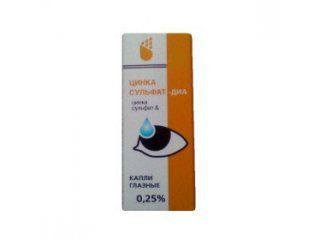
Zinc sulfate-dia drops Ch. 10ml vial, cap.
$1.84
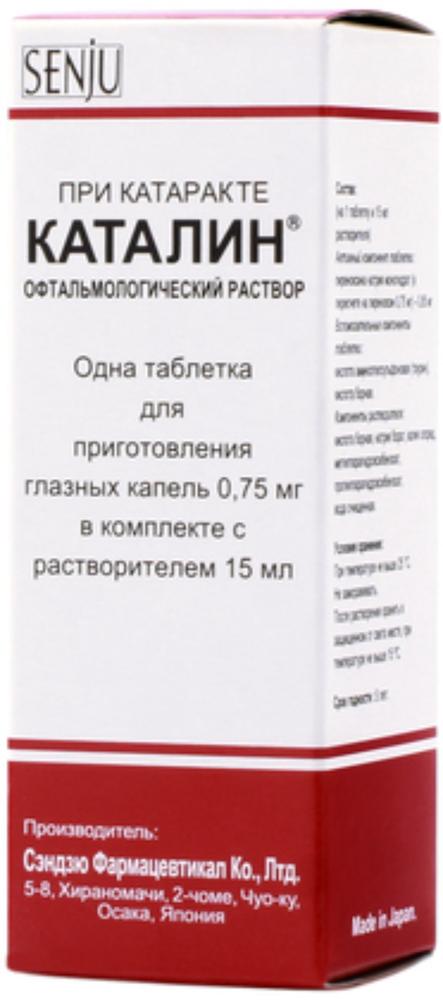
Katalin tab for prig.kapel Ch. + 0.75mg solvent 15ml vials.
$12.34
$5.41
Betoftan drops Ch. 0.5% 5ml vial-cap.
Description
Composition
Active substance:
1 ml contains: betaxolol hydrochloride based on 5 mg of betaxolol ;.
Excipients:
Sodium hydrogen phosphate dodecahydrate, sodium digidrofosfa- that monohydrate, sodium chloride, disodium edetate dihydrate, benzalkonium chloride, purified water.
Description:
Transparent colorless or light yellow solution with a brown tinge.
Product form:
0.5% eye drops. 5 ml of solution in white polymer-dropper bottle closed with a polymeric cap with a safety ring. In one dropper bottle together with instructions for use in a cardboard package.
Contraindications
Hypersensitivity to the drug; sinus bradycardia; atrioventricular block II and III degree; sick sinus syndrome; Children up to age 18 years (due to lack of efficacy and safety data).
Carefully
Diabetes mellitus, hyperthyroidism, simultaneous oral beta-blockers, Raynaud’s syndrome, pheochromocytoma, bronchial asthma, chronic obstructive bronchitis, I degree atrioventricular block, congestive heart failure.
Dosage
5 mg / ml
Indications
Ocular hypertension; chronic open form of glaucoma; closure glaucoma (in combination with miotikami).
Interaction with other drugs
With simultaneous application of the drug and Betoftan epinephrine solution for ophthalmic use in certain cases, may develop mydriasis. In applying Betoftan drug in combination with drugs that deplete catecholamines (such as reserpine) may be observed enhancement effects such as lowering blood pressure (BP) and bradycardia. With the simultaneous application of the drug Betoftan and beta-blockers for oral administration increases the risk of side effects (both local and systemic) due to the additive effect. Care must be taken when used together Betoftan adrenergic drug and psychotropic drugs due to the potential amplification of action. When concomitant administration of neuromuscular blocking agents and hypoglycemic agents strengthen their actions can be observed. In a joint application with sympathomimetics – strengthening their vasoconstrictor effect. If necessary, it can be employed in combination with other topical ophthalmic preparations. In this case, the interval between their application must be at least 10 minutes.
Overdose
Currently Betoftana cases of overdose have been reported. When injected into an excessive amount of eye medication should be rinsed with warm water eyes. With an overdose of beta1-adrenergic blockers may occur: hypotension, bradycardia, congestive heart failure. Treatment is symptomatic.
pharmachologic effect
Pharmacological group:
Antiglaucoma drug – beta-blocker.
Pharmacodynamics:
Betaxolol – selective beta1-blocker without intrinsic sympathomimetic activity. Not has a membrane (Valium) effect. When applied topically, betaxolol reduces both high and normal intraocular pressure, due to reduced production of intraocular fluid. The onset of the antihypertensive effect is usually observed 30 minutes after use of the drug, and maximum decrease in IOP occurs after approximately 2 hour. After a single instillation influence on ophthalmotonus maintained for 12 hours. Betaxolol, compared to other beta-blockers do not cause a decrease in blood flow to the optic nerve.
Betaxolol not cause miosis, accommodation spasm, night blindness (unlike miotikov.
Pharmacokinetics:
Betaxolol is highly lipophilic, resulting in good penetration through the cornea into the anterior chamber of the eye, the maximum concentration (Cmax) in the anterior chamber is determined 20 minutes after instillation. When applied topically, systemic absorption is low, the plasma concentration is below the threshold (2 ng / ml) detected. Relationship to plasma proteins – 50%. The half-life (T1 / 2) -. 14-22 h excreted by the kidneys (15% unchanged). Permeability through the blood brain barrier (BBB) and the placental barrier – low secretion breast milk – negligible.
Pregnancy and breast-feeding
Use of the drug during pregnancy and lactation (breastfeeding) is possible only when the intended benefits to the mother outweighs the potential risk to the fetus or child.
Conditions of supply of pharmacies
On prescription.
side effects
Local: short-term discomfort in the eyes after instillation, watery eyes; in some cases – decrease in the sensitivity of the cornea, redness of the eye, keratitis, photophobia, anisocoria, blurred vision, itching, a feeling of “dryness” of the eye, allergic reactions. Systemic side effects are rare. On the part of the central nervous system (CNS): dizziness, nausea, drowsiness, insomnia, headache, depression, increased symptoms of myasthenia gravis. With the cardiovascular system: bradycardia, cardiac conduction and cardiac insufficiency. The respiratory system: dyspnea, bronchospasm, asthma, respiratory failure.
special instructions
Betoftan preservative comprises benzalkonium chloride which can be adsorbed soft contact lenses and have a damaging effect on the eye tissue. Therefore patients wearing soft contact lenses should be removed before application of the droplets and set back no earlier than 20 minutes after instillation. To avoid contamination of the pipette, do not touch your eyes with instillation.
Diabetes Mellitus: Beta-blockers should be used with caution in patients prone to hypoglycemia, as these medications can mask the symptoms of acute hypoglycemia.
Thyrotoxicosis: Beta-blockers may mask certain symptoms of hyperthyroidism (eg, tachycardia). In patients with suspected hyperthyroidism should not abruptly cancel beta-blockers, as it may intensify symptoms.
Myasthenia: Beta-blockers can cause symptoms similar to those of myasthenia gravis (eg, diplopia, ptosis, generalized weakness). Surgery: before elective surgery beta-blockers should be gradually (not simultaneously!) Canceled 48 hours before the general anesthetic as during general anesthesia may reduce myocardial sensitivity to sympathetic stimulation necessary for the operation of the heart.
Pulmonary: Caution should be exercised in the appointment of beta-blockers in patients with severely reduced function of the respiratory system. Despite the fact that clinical studies have shown no effect of betaxolol on respiratory function, should not exclude the possibility of hypersensitivity to the drug.
The risk of anaphylactic reactions: Patients taking beta-blockers may have a history of atopy or anaphylactic reactions. In the case of repeated reactions, such patients may not be sensitive to the usual doses of adrenaline necessary for relief of anaphylaxis. When instillation drug can enter the systemic circulation. Thus, there may be the same side effects as in the intravenous and parenteral administration of beta-blockers. Betoftan has minimal effect on blood pressure and heart rate. However, caution should be exercised when assigning it to patients with atrioventricular block I degree or cardiac insufficiency. Treatment should be discontinued at the first signs of decompensation of the cardiovascular system. Patients who after instillation of the drug is temporarily reduced clarity of vision is not recommended to engage in activities that require attention and response to his recovery.
Storage conditions
In a dry, dark place at a temperature not exceeding 25 ° C. In the reach of children !.
Dosing and Administration
Locally. 1-2 drops into the conjunctival sac eyes 2 times a day. In some patients, stabilization of intraocular pressure occurs within a few weeks, so it is recommended to monitor the intraocular pressure within the first month of treatment. If the desired level of intraocular pressure is not achieved during monotherapy Betoftanom should assign additional therapy.
Information
Appearance may differ from that depicted in the picture. There are contraindications. You need to read the manual or consult with a specialist
Additional information
| Weight | 0.100 kg |
|---|---|
| Manufacturer | Rompharm |


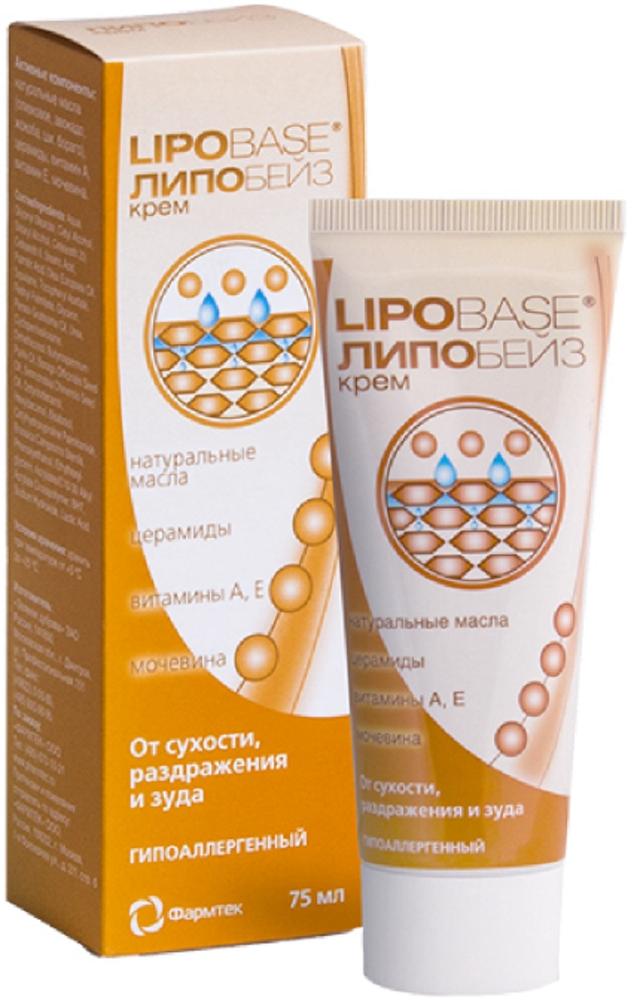

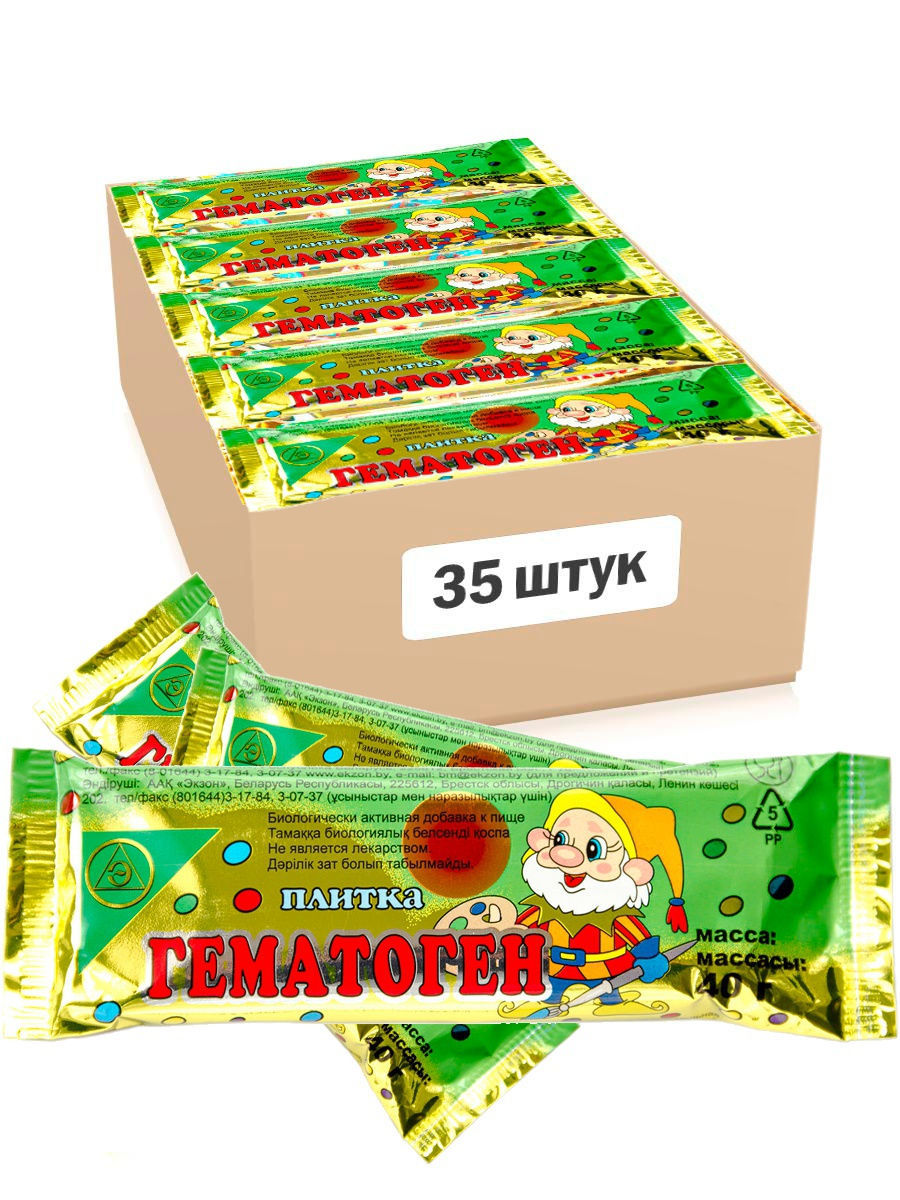

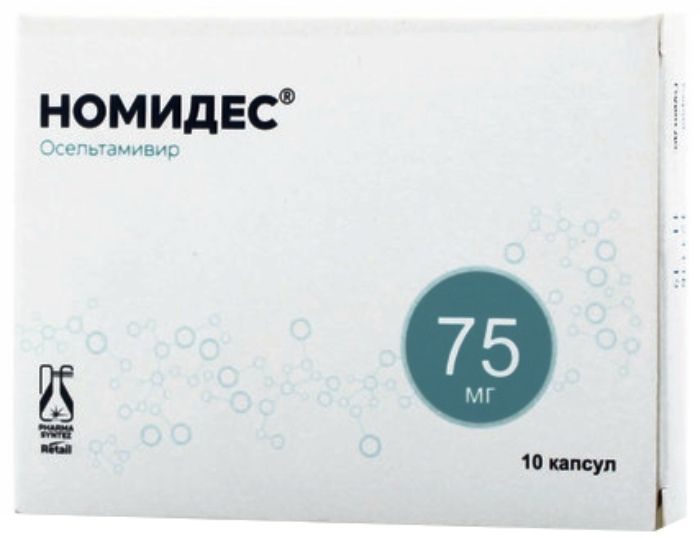
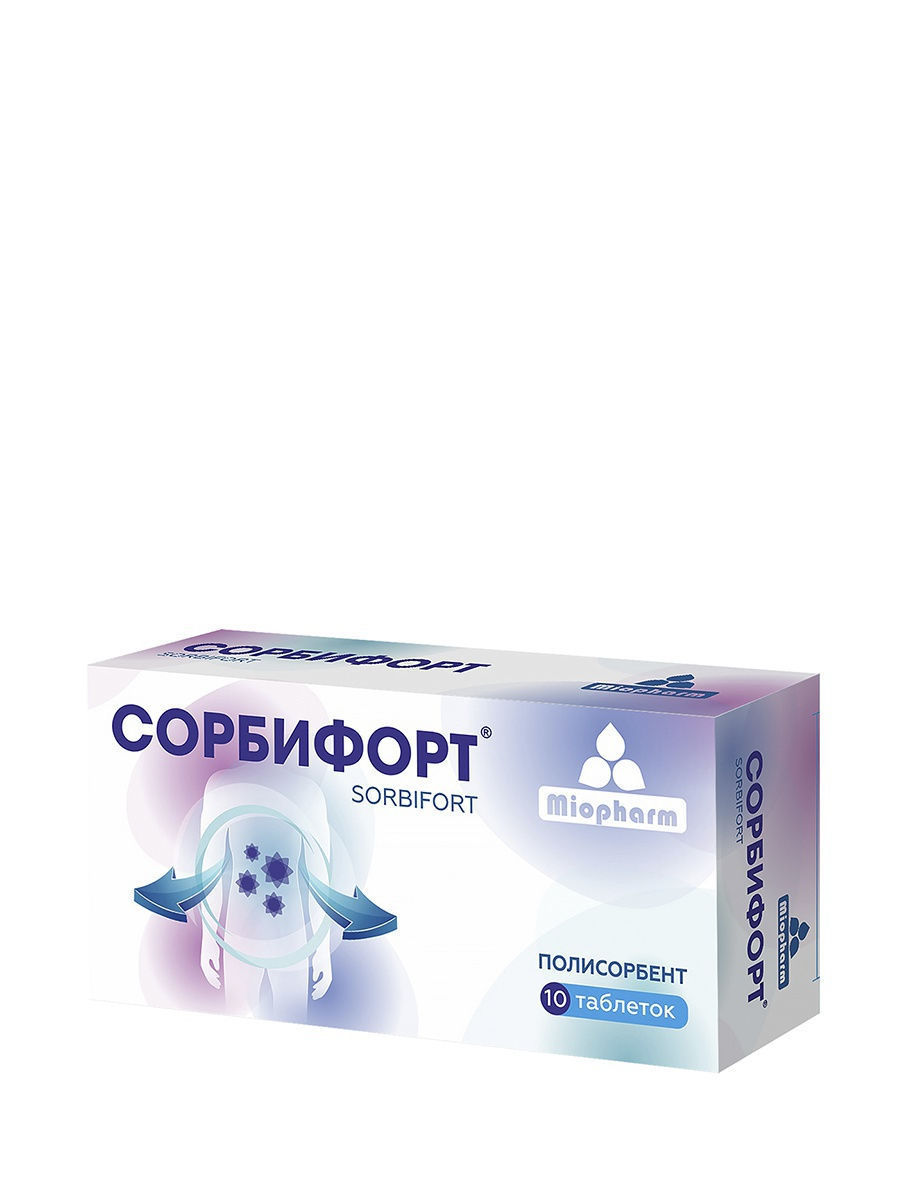



There are no reviews yet.